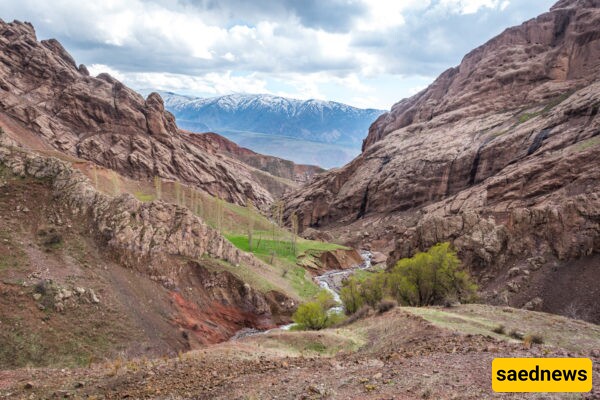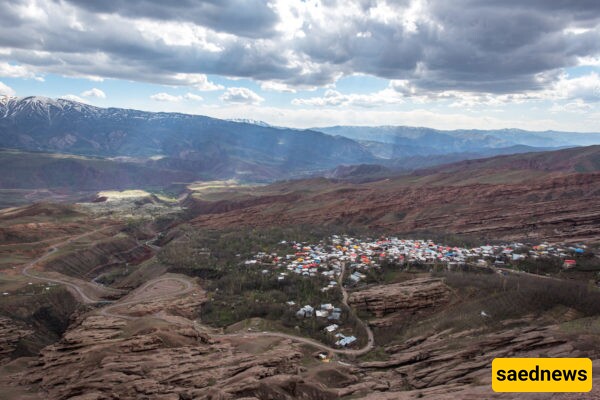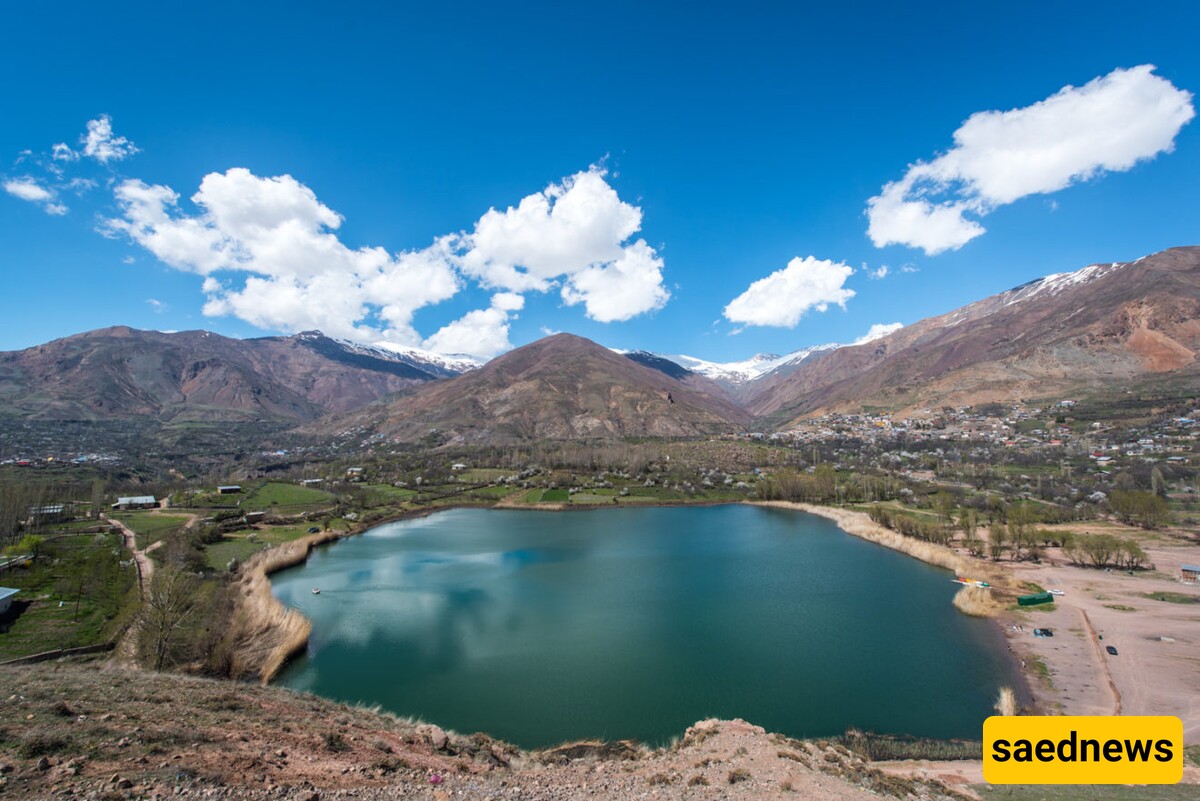SAEDNEWS: Alamut Valley, nestled in Iran’s Alborz Mountains, is a stunning blend of history and natural beauty. With its ancient fortress and dramatic landscapes, it offers a unique travel experience. Historians and nature enthusiasts alike are drawn to its rich past and rugged trails.


According to SAEDNEWS, Alamut Valley lies in the remote and awe-inspiring Alborz Mountains, an area known for both its breathtaking natural scenery and its ancient, almost mythic history. This valley, often referred to as the “Eagle’s Nest of Persia,” is home to the ruins of Alamut Castle, an iconic structure perched high on a cliff and steeped in intrigue. A site of historical, cultural, and natural significance, Alamut Valley is drawing in a new wave of travelers interested in exploring Iran beyond its bustling cities.
Alamut Valley is a rare destination where history, mythology, and natural beauty converge. For centuries, the valley has been cloaked in mystery and legend, thanks to its association with the Nizari Ismailis and their leader, Hassan-i Sabbah. Today, the site continues to fascinate tourists, scholars, and adventurers alike, each of whom seeks something different in the valley’s ancient ruins and picturesque trails.
At the heart of the valley’s allure is Alamut Castle, famously known as the headquarters of the Nizari Ismaili sect. This fortress, built in the 9th century and later occupied by Hassan-i Sabbah in the 11th century, became a formidable stronghold. Sabbah established a base for his followers here and used the fortress as a place of defense, learning, and strategy. Known as the “Assassins,” Sabbah’s followers operated from Alamut with fierce loyalty and a reputation for stealth, giving rise to numerous stories about the group’s influence and tactics.
The strategic location of Alamut Castle atop a high cliff made it nearly impenetrable. During its time, the fortress was equipped with complex defenses and hidden passages, designed to outwit invaders and protect its inhabitants. Although largely destroyed by the Mongols in the 13th century, the remnants of Alamut still provide a glimpse into this fascinating period of history. Visitors who trek to the castle ruins often find themselves captivated by the architectural ingenuity of the fortress and the breathtaking views of the valley below.
Beyond its historical significance, Alamut Valley is an adventurer’s paradise, offering some of the most scenic and diverse landscapes in Iran. The valley’s dramatic terrain includes sheer cliffs, green valleys, cascading rivers, and rolling hills, each contributing to a unique and rugged beauty. Hiking trails here range from gentle paths through village landscapes to more challenging routes that wind up toward the fortress, rewarding hikers with sweeping views of the Alborz Mountains.
In spring, the valley is transformed by vibrant wildflowers, which add bursts of color to the rocky landscape. The trails are also dotted with juniper and oak trees, adding to the beauty and biodiversity of the region. These hikes provide visitors with ample opportunities to enjoy the pristine beauty of the area, capture scenic photographs, and encounter the local flora and fauna unique to this mountainous region.

Alamut Valley is increasingly recognized as a destination for sustainable travel and ecotourism. Local communities in the valley are embracing visitors, offering homestays, tours, and a warm welcome to those eager to learn about their way of life. Staying in a traditional Persian home provides travelers with insight into rural Iranian life, with local hosts often preparing home-cooked meals, sharing stories of the valley, and even guiding visitors through the nearby attractions.
These cultural encounters not only provide visitors with a richer experience but also foster a deeper connection with Iran’s traditions and customs. Additionally, by supporting local accommodations and guides, tourists contribute to the economic growth and sustainability of these communities. This approach to tourism has helped preserve the valley’s environment and culture, as locals and visitors alike work together to maintain Alamut’s natural and historical integrity

Reaching Alamut Valley involves a scenic drive from Tehran through Qazvin, a journey that itself feels like an adventure, with breathtaking views of the mountains and winding roads. The journey adds to the allure of the destination, as travelers get to witness the transition from bustling city landscapes to the serene and untouched beauty of rural Iran.
Given the region’s elevation, the weather can be unpredictable, especially in spring and fall, so travelers are advised to come prepared with warm layers and appropriate hiking gear. Guided tours are available for those who want an in-depth exploration of the valley, and experienced local guides can share historical insights, cultural knowledge, and tips for navigating the rugged paths. For those who enjoy hiking, the routes up to Alamut Castle offer a rewarding challenge, with the ruins as the ultimate prize.
Alamut Valley is a remarkable destination that intertwines history, nature, and local culture in a way that few places can. As interest in this hidden gem grows, travelers have the chance to not only experience the beauty of Alamut but also contribute to the preservation of its unique heritage. By venturing into the valley’s ancient landscapes and learning about its past, visitors connect with Iran’s rich history while embracing a more authentic and sustainable travel experience.

